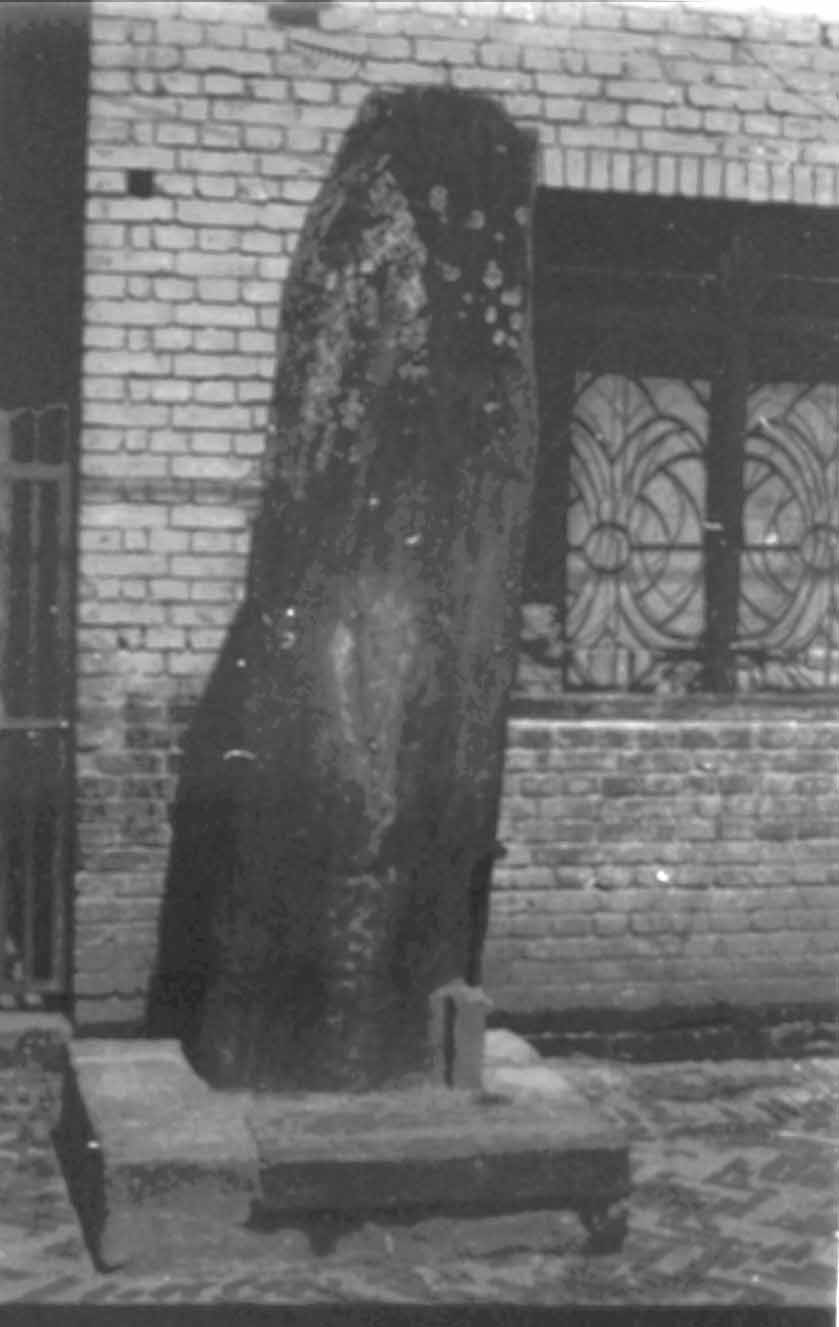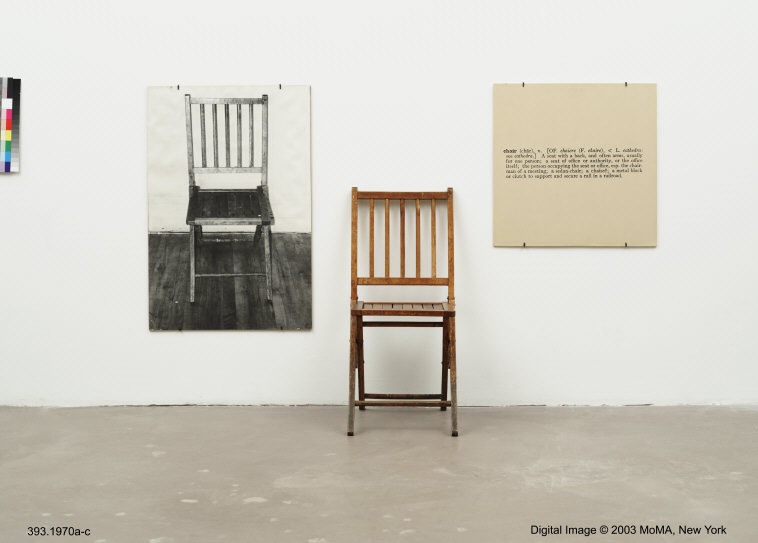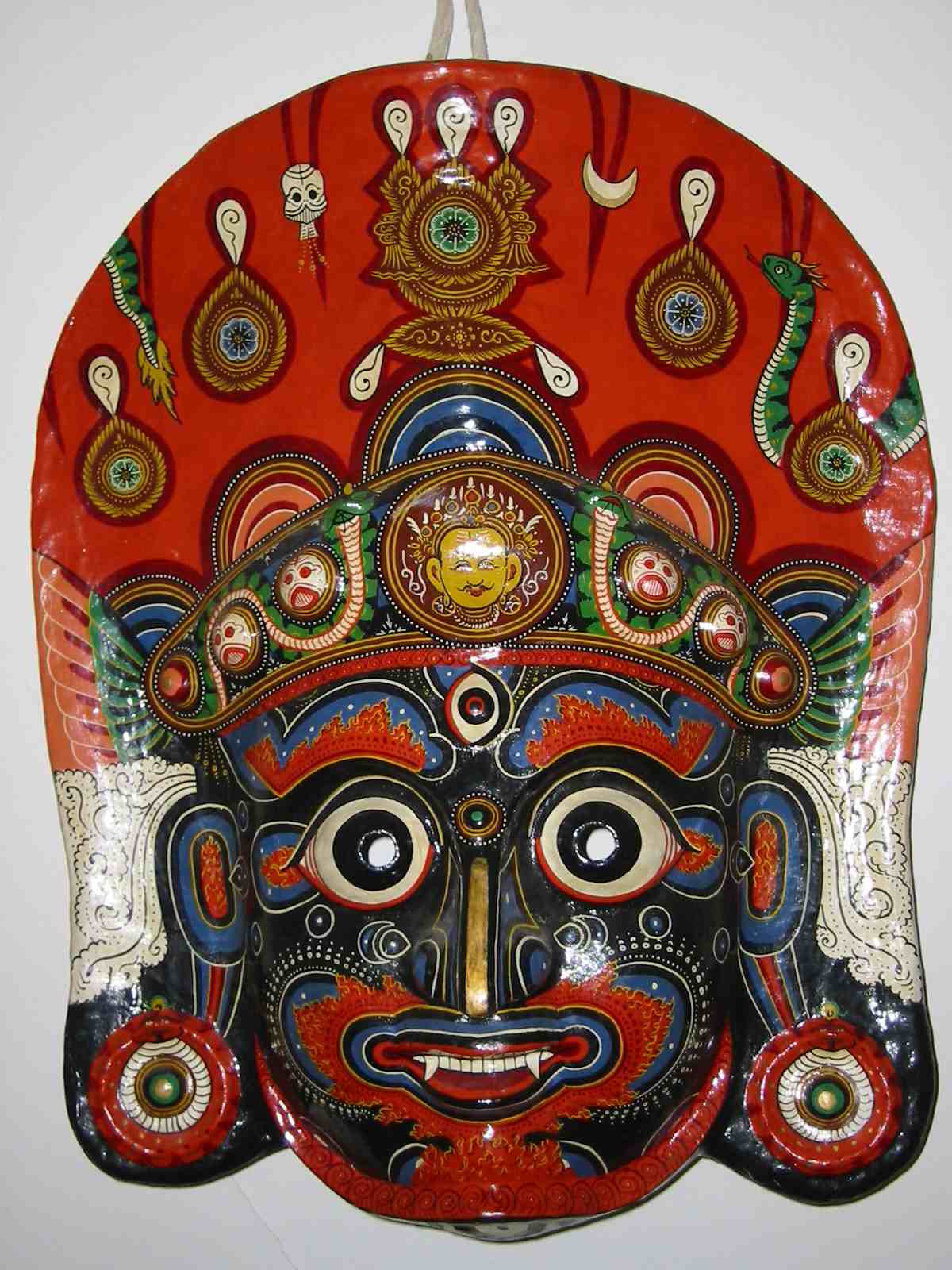The Socially Animated God-image
How does this material become divine? How do you turn a stone into a
stone-god? As I argue elsewhere two aspects are necessary: a relational
component and a physical sign.  These two components are summed up in a
statement by Mangal Laxmi Sahi, a souvenir seller with whom I often sat
and chatted. When I asked her what a god was she answered, “A god
is that which all people respect. Normally we say a god is a stone-god”
(personal interview, July 16, 1999).
These two components are summed up in a
statement by Mangal Laxmi Sahi, a souvenir seller with whom I often sat
and chatted. When I asked her what a god was she answered, “A god
is that which all people respect. Normally we say a god is a stone-god”
(personal interview, July 16, 1999).
Let me reverse the order of Ms. Sahi’s sentences and take her second point first: “Normally we say a god is a stone-god.” Ms. Sahi’s words stress the importance of the material aspect of the god. If asked to differentiate between the concept of a god and its material depiction, people in Bhaktapur will call the depiction a “stone-god.” In the words of Durukaji Suwal, a farmer and laborer, “A god-image is a stone, which has been made into a god” (personal interview, July 16, 1999). However, all rocks are not god-images. As Mr. Chitrakar voiced, “There are rocks in the river, there are stones on the road, but they are not god-images until life is given to them” (personal interview, August 13, 1999). So while one needs material signs to signify god, not all material signs will do.
Stones are constituted as stone-gods in two ways: descriptively and through ceremonies and continuing rituals, which give the stone life. Descriptively, god-images depict the deity. As Lilabhakta Munikarmi said, “If you believe in (the god) Vishnu then you need a god-image describing what he looks like. You know him the same way you would know by seeing your father’s photograph. That he has two arms, hair and also you can see the fashion of the time” (personal interview, June 10, 1999). In this sense, the carved image is seen as an aid to visualizing the god. Not only are there carved statues that are not god-images, however, there are many aniconic stones that are worshipped as gods. The symbolic signification is secondary to the stone-god’s power (shakti) that is created by its life force.
God-images can be both symbolic and have “power,” but it is the life force that transforms the stone into a stone-god. As Krishna Pradhananga voiced, “A god-image is something that has been given tantric power. And that can give us power. But something else is just a symbol” (personal interview, June 6, 1999). Hence, while the descriptive quality and conceptual levels of a god-image are important, they are not the defining features, because, as Mr. Pradhananga went on to say, “a statue has not been given power, but a stone-god has” (personal interview, June 6, 1999). The material aspect is especially significant for Bhairavas, most of which are anionic. What the materiality demonstrates is that instead of an iconic symbolic representation, a god-image’s signification comes from giving life to a stone. In fact, a god-image is “dead” until life is put into it through ceremonies. Thereafter the image is not merely a symbol of that deity, but it is that deity. For instance, when I asked Keshab Hada the difference between a statue and a god-image, he said, “A god-image is when you give life to a statue, it becomes a god. If you don’t it is just a statue” (personal interview, May 5, 1999). Similarly, as Ramesh Joshi voiced, “If we don’t give life to a god-image, it won’t be a god” (personal interview, June 6, 1999).
There are two pieces of evidence that god-images are signified as “alive,” one embedded in linguistic practice and the other in visual practice. Linguistically, a stone-god (lohandyah chamha) is placed linguistically in the same category as living beings. That is, “loha[n]dya chamha” signifies a murti (literally—“stone-god one-animate marker”). Newar, the local language of Bhaktapur, has one of the world’s most complicated classifier systems. English, on the other hand, has one of the least complicated, and only a few items—such as a “glass” of water or a “book” of matches—require a classifier. Newar, however, requires a classifier morpheme in order to code the quantity of every noun (Shakya 1997). These classifiers both differentiate between categories of inanimate nouns and also between animate and inanimate nouns. Animate nouns—a woman (misa chamha), two dogs (khicha nimha), six bugs (ki khumha)— require “mha.” Or more to the point, a “khwa: chapa:” is just a flat mask, while a “khwa: chamha” is a god (Daya Shakya, personal communication, February 20, 2005). Inanimate nouns receive a classifier depending on the shape of the objects and usage in the sentence; the general classifier is “gu.” Plants get their own classifier, “ma”—cho chama is a a wheat plant. For native speakers of Newar these categories are intuitive and obvious.
Besides the linguistic level is that of visual signification. One of the ways that people in Bhaktapur indicate that they are going to worship a god is through the notion of darshan, which literally means “to see.” People go for darshan (darshan) for a number of reasons. Durukaji Suwal said, “Darshan is for the heart’s contentedness” (personal interview, July 16, 1999). And Bashula Dyola voiced, “It gives you religion (dharma)” (personal interview, July 20, 1999). Krishna Pradhana(n)ga said, “Darshan is done for the benefit of the universe” (personal interview, June 6, 1999). And as Ramesh Joshi said, “for bliss” (personal interview, June 6, 1999). But while people go for different reasons, they practice darshan in a similar fashion. As Damodar Gautam said, “To go to the temple and have a face-to-face with the god’s image—that is darshan” (personal interview, June 21, 1999). Yet when one goes and has a “face-to-face” with the god, it is not just that the worshiper is seeing the god, but that the god looks back at the worshipers (Eck 1996). In fact, one of the most prevalent features of the Newar landscape are the eyes that are painted on everything from the largest temples, such as Swayambunath stupa, which gazes down on the entire Kathmandu Valley, to door frames that overlook courtyards, down to small dristi eyes that one can buy at a local painter’s house for plastering on household utensils. The seeing and being seen between worshiper and god, the investing a god-image with the ability to look at us in return, is a tactic for bringing it into social relations and thus animates it.


